Explained: What Exactly is PRC?
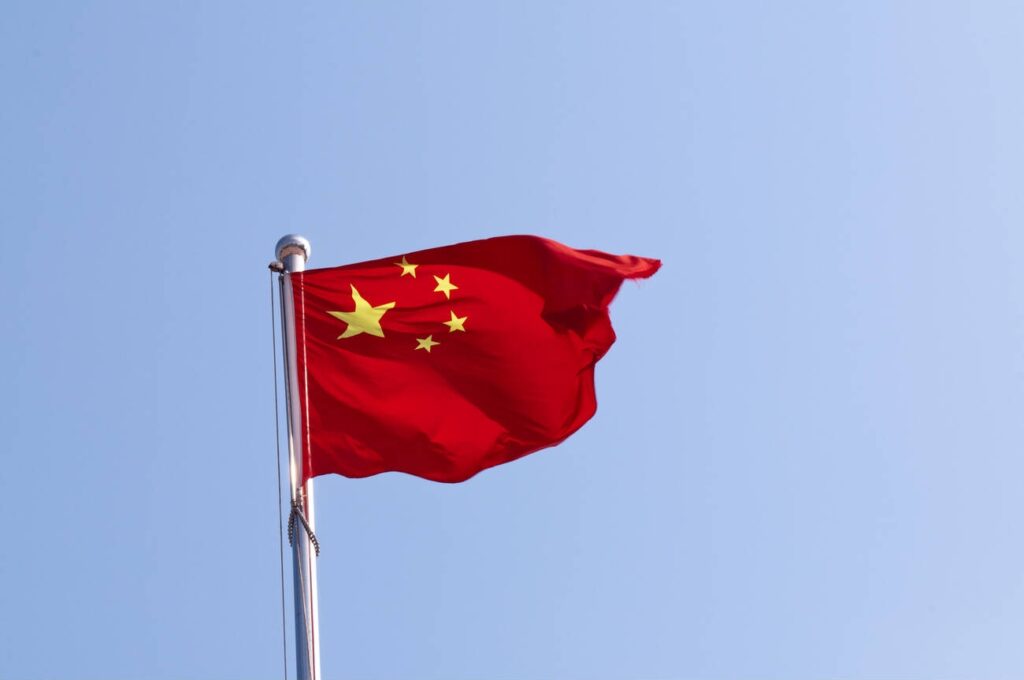
Introduction
Intrigued by the term “PRC” but unsure about its essence? Delve into the depths of this enigmatic acronym as we unravel its true meaning and significance. Embark on a journey to understand What Exactly is PRC? and demystify its complexities.
History of PRC
Background
The People’s Republic of China (PRC) has a rich and complex history that dates back to October 1, 1949. This pivotal moment marked the culmination of years of struggle and revolution led by the Communist Party of China, under the leadership of Mao Zedong. The declaration of the establishment of the PRC signaled a profound shift in China’s political landscape, bringing an end to centuries of imperial rule and ushering in a new era characterized by socialist ideology and revolutionary fervor.
Establishment
Following the establishment of PRC, the country underwent significant political, economic, and social reforms aimed at modernizing and strengthening the nation. These reforms, often accompanied by periods of turmoil and upheaval, shaped the course of China’s development over the decades.
Key Components of PRC
Political Structure of PRC
The political structure of the People’s Republic of China (PRC) is multifaceted, operating within a socialist framework with the Communist Party of China (CPC) at its helm. At the apex of the country’s political hierarchy are the President and the Premier, who wield significant influence over the nation’s affairs. Under their leadership, the government functions with a centralized approach, with power concentrated within the CPC’s leadership. This centralized governance ensures a cohesive direction for the country’s policies and initiatives.
Economic System
In terms of economics, the PRC has undergone a significant transformation from a centrally planned economy to a socialist market economy. This transition has been marked by the integration of state-owned enterprises with elements of free-market principles, creating a unique hybrid economic model. This hybrid approach has propelled China to the forefront of the global economy, facilitating rapid growth and development. By embracing market-oriented reforms while retaining state control over strategic sectors, the PRC has achieved remarkable economic success, emerging as one of the world’s largest economies.
Social Policies
The People’s Republic of China (PRC) has implemented a comprehensive set of social policies aimed at addressing various societal challenges and improving the well-being of its citizens. These policies encompass a wide range of areas, including education, healthcare, and poverty alleviation. Through ambitious initiatives and targeted interventions, the government has endeavored to enhance access to quality education, provide affordable healthcare services, and alleviate poverty across the nation. By prioritizing social development and investing in human capital, the PRC aims to foster inclusive growth, reduce inequality, and promote social cohesion among its diverse population.
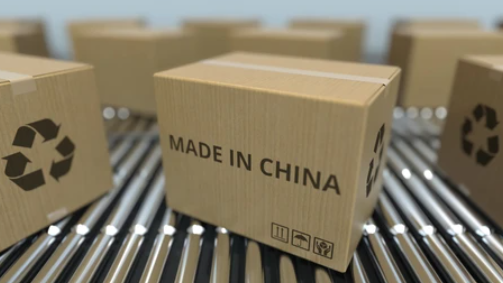
Global Influence
Economic Power
The People’s Republic of China (PRC) wields considerable economic power on the global stage, significantly impacting international trade, investment, and development initiatives. As one of the world’s largest economies, China’s rapid industrialization and export-oriented growth strategy have solidified its position as a primary driver of the global economy. With a robust manufacturing sector and a vast consumer market, China plays a pivotal role in shaping global supply chains and influencing market dynamics across various industries.
Political Diplomacy
In addition to its economic clout, the PRC has emerged as a prominent player in international politics and diplomacy. Through strategic bilateral and multilateral engagements, China actively fosters diplomatic relations with nations worldwide, seeking to advance its geopolitical interests and promote cooperation on global issues. Notably, initiatives such as the Belt and Road Initiative (BRI) underscore China’s ambition to expand its sphere of influence and strengthen ties with countries across different regions. By leveraging its economic resources and diplomatic networks, China exerts significant influence on global governance and decision-making processes.
Cultural Reach
Beyond its economic and political influence, the PRC’s cultural reach extends far beyond its borders, shaping perceptions and attitudes on a global scale. Chinese language, cuisine, and traditions have become ubiquitous elements of global culture, enriching diverse societies and fostering cross-cultural exchange. The rise of Chinese cinema, literature, and traditional arts has captured the imagination of audiences worldwide, contributing to China’s soft power projection and enhancing its cultural appeal. Through cultural diplomacy initiatives and cultural exchanges, China actively promotes its rich cultural heritage and fosters mutual understanding and appreciation among nations.
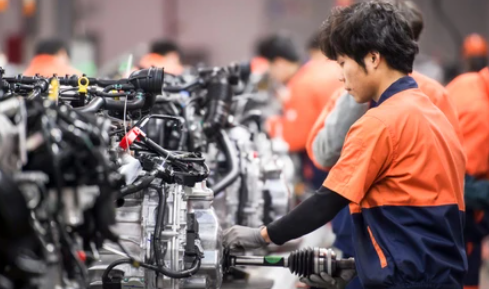
Challenges and Controversies
Human Rights Concerns of PRC
Despite significant economic progress, the People’s Republic of China (PRC) continues to face scrutiny and criticism over its human rights record. The international community closely monitors issues such as freedom of speech, religious freedom, and the treatment of ethnic minorities within China. Human rights organizations and observers have repeatedly raised concerns about political repression, censorship, and the lack of transparency in China’s governance system. The suppression of dissenting voices and the restriction of fundamental freedoms remain significant challenges for the PRC, drawing attention and condemnation from around the world.
Territorial Disputes of PRC
The PRC finds itself entangled in numerous territorial disputes with neighboring countries, particularly concerning areas like the South China Sea and Taiwan. These disputes have become focal points of regional tension, with competing territorial claims fueling geopolitical rivalries and exacerbating diplomatic strains. The PRC’s assertive stance in asserting sovereignty over contested territories has led to heightened concerns about the potential for conflict in the region. The unresolved nature of these disputes underscores the complexities and challenges of managing geopolitical tensions in East Asia.
PRC’s Future Outlook
Economic Growth Prospects of PRC
As we peer into the horizon, the economic trajectory of the People’s Republic of China (PRC) appears to be imbued with promise and potential. Anchored by a foundation of ongoing reforms, the nation’s economic landscape is further enriched by relentless strides in technological innovation and expansive infrastructure development projects. These pillars of growth not only bolster domestic productivity but also amplify the country’s influence on the global economic stage. Nevertheless, amid this panorama of optimism, it is imperative to acknowledge the presence of formidable challenges that stand as potential impediments to sustained prosperity. Demographic shifts, for instance, cast a shadow of uncertainty over the nation’s future, necessitating thoughtful strategies to harness the demographic dividend while mitigating associated risks. Additionally, the imperative of environmental sustainability looms large, demanding conscientious efforts to balance economic expansion with ecological preservation. Therefore, while the horizon may be bathed in the glow of economic promise, the journey towards sustainable growth requires navigating a labyrinth of challenges with prudence and foresight.
Geopolitical Challenges
Within the complex tapestry of global geopolitics, the People’s Republic of China (PRC) finds itself at the nexus of multifaceted challenges and opportunities. The landscape is characterized by a dynamic interplay of forces, encompassing competition with other major powers, most notably the United States, and the ebb and flow of regional dynamics. Amidst this intricate geopolitical dance, the PRC’s leadership must display a deft touch, akin to that of a masterful conductor orchestrating a symphony of diplomatic maneuvers and strategic foresight. Negotiating the complexities of international relations demands a nuanced understanding of geopolitical trends and an unwavering commitment to safeguarding the nation’s interests while fostering constructive engagement with global partners. In this ever-shifting geopolitical terrain, the PRC’s leadership must exhibit not only resilience but also adaptability, charting a course that navigates the turbulent waters of international relations with steadfast resolve and diplomatic acumen.
Tips When Buying Products That are Made in the PRC
When purchasing products manufactured in the People’s Republic of China (PRC), it’s essential to approach the process with careful consideration and attention to detail. Here are some valuable tips to keep in mind:
- Get Help from a Sourcing Agent: If you’re unfamiliar with sourcing products from China or navigating the complexities of international trade, consider hiring a sourcing agent like Woosourcing. Sourcing agents can assist you in finding reputable suppliers, negotiating deals, and ensuring product quality.
- Research and Due Diligence: Before making any purchasing decisions, conduct thorough research on the product, its manufacturer, and the supplier. Look for reviews, testimonials, and certifications to ensure quality and reliability.
- Quality Assurance: Quality can vary widely among products made in the PRC. Insist on quality assurance measures such as product testing, certifications, and inspections to guarantee that you’re receiving a high-quality product.
- Supplier Verification: Verify the legitimacy and reputation of the supplier or manufacturer. Ensure that they have a track record of ethical business practices and adherence to safety and quality standards.
- Communication: Effective communication with the supplier is crucial for a smooth purchasing process. Clearly communicate your requirements, specifications, and expectations to avoid misunderstandings or discrepancies.
- Negotiation: Don’t hesitate to negotiate pricing, terms, and conditions with the supplier. By negotiating effectively, you may be able to secure better deals and terms that meet your needs.
- Samples and Prototypes: Request samples or prototypes of the product before placing a bulk order. This allows you to assess the product’s quality, design, and functionality firsthand.
- Payment Terms and Methods: Clarify payment terms and methods with the supplier to avoid any misunderstandings or disputes. Ensure that payment transactions are secure and transparent.
- Shipping and Logistics: Discuss shipping and logistics arrangements with the supplier, including shipping methods, delivery times, and handling of customs procedures. Choose reliable shipping options to ensure timely delivery of your products.
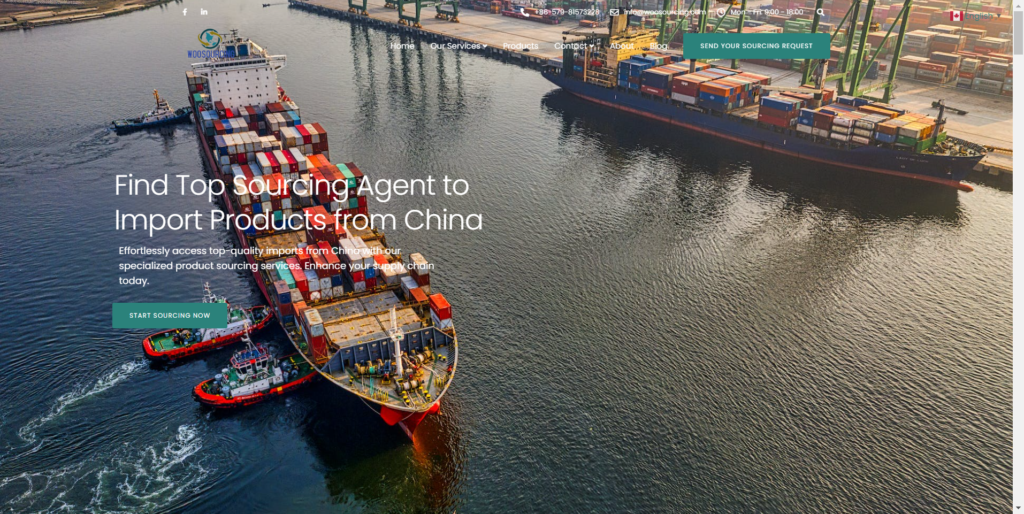
Conclusion
In conclusion, the People’s Republic of China is a multifaceted entity with a rich history, complex political system, and significant global influence. As China continues to evolve and assert itself on the world stage, understanding the intricacies of PRC’s dynamics becomes increasingly important.
FAQs
- What sets PRC apart from other nations?
- PRC’s unique blend of socialist ideology, market-oriented policies, and strategic global vision distinguishes it from other nations.
- How does PRC’s political system function?
- PRC operates under a one-party system led by the Communist Party of China, with centralized authority and a hierarchical governance structure.
- What are some notable achievements of PRC in recent years?
- PRC has made remarkable strides in areas such as poverty alleviation, infrastructure development, and technological innovation, lifting millions out of poverty and propelling economic growth.
- What are the main challenges facing PRC’s leadership?
- PRC’s leadership grapples with issues such as economic restructuring, environmental degradation, social inequality, and geopolitical tensions, which require strategic solutions and long-term planning.
- How does PRC engage with the international community?
- PRC pursues an active foreign policy characterized by diplomatic engagement, economic cooperation, and participation in international organizations and forums.
Recent Posts
- Budget-Friendly Imports: Strategies for Cost Control When Importing Goods From China
- Bridging Cultures: Navigating Cultural Aspects in China Imports
- Guide to working with a sourcing agent in China for startups
- How China Sourcing Agents Can Transform Your Business
- Exploring the Benefits of Collaborating with a China Sourcing Agent


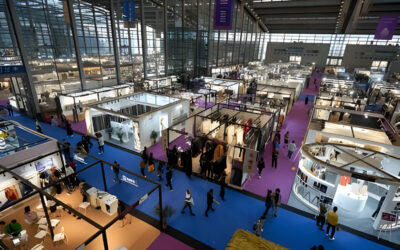
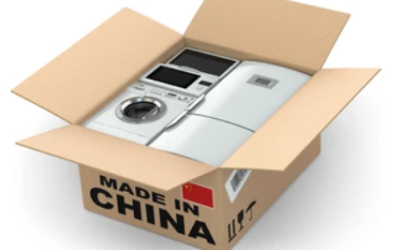
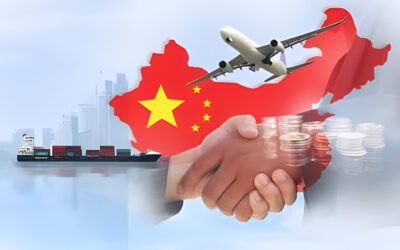

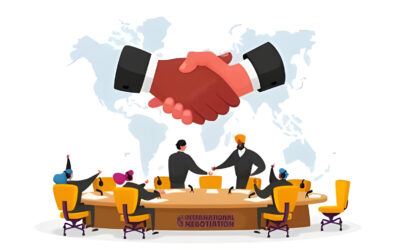
Recent Comments